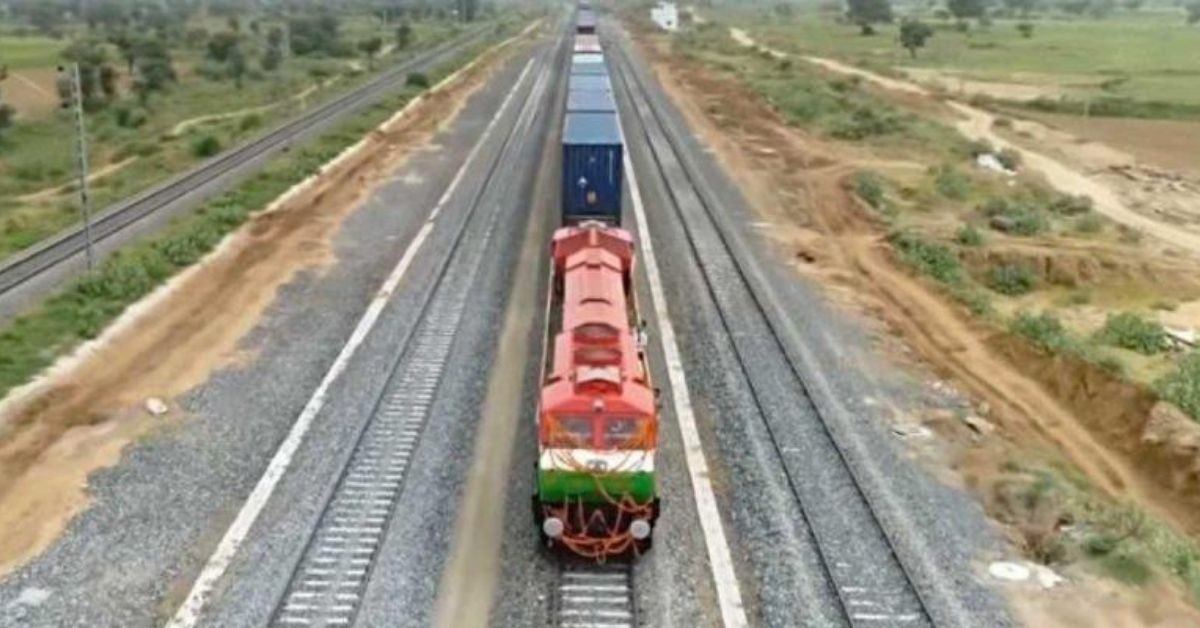Cargo clearance at JNPA will soon be even faster as the major port is connecting its Nhava Sheva terminals with the DFC, which is expected to be complete by this year end. The exim community has often reported difficulty moving cargo in and out of north Indian hinterland. The DFC is a 1,504 km broad-gauge freight-only network between Dadri ICD, a key inland point in Uttar Pradesh, and Nhava Sheva. To facilitate project completion, JNPA has opened a new and sophisticated common rail yard for all terminals in the harbour, touting itself as the first fully DFC-compliant port.
“DFC compatible rail tracks are being laid from New Delhi to JNPA, and it has been decided to locate a loading yard on JNPA premises,” the port said.
“The long-haul common yard consists of three lines of 1,500 metres for double-stack container trains, two of which are top-wired ballast-less lines meant for loading and unloading of containers, and one is for engine turnaround of electric locomotives.”
At present, according to anecdotal industry data, Indian Railways’ freight trains can carry 61 to 71 tons per freight trip at an approximate speed of 60 kph. With DFC operations, it is expected that advanced wagons will be able to carry up to 81 tons at a speed of 100 kph, including for double-stacked container trains.
Last month, Container Corporation of India (Concor) performed a pilot run at this speed on DFC stretches already operational between Kathuwas ICD (Rajasthan) and Mundra Port.
Train speed and on-time operation have been nagging pain points for container rail companies, due to historical network bottlenecks and government prioritisation of passenger train services, forcing cargo owners to rely more on trucking.
“There are several infrastructure and other developmental projects, green port initiatives at JNPA that will result in an increase in the port’s business and eventually boost the nation’s export-import trade,” said JNPA chairman Sanjay Sethi.
“The port has been consistently working to break down barriers to the movement of goods and services, and support deeper integration into global supply chains by providing the best mechanisms and being the port of choice.”
The public port last year began operating freight trains loaded with “dwarf containers,” albeit on a limited schedule, to stay ahead of other ports in service standards. Dwarf boxes are shorter than conventional units, thereby helping achieve higher payloads and consequent inland cost advantages for cargo owners.
Nhava Sheva’s private competitors, Mundra and APM Terminals Pipavav, have already become the beneficiaries of DFC connectivity, following the phased opening of some stretches over the past year. JNPA/Nhava Sheva saw fiscal year 2021-22 throughput expand 21.5%, year on year, to 5.68m teu. But the port’s ICD volume share for the year dropped to 17.7%, from 19.7% in fiscal 2020-21.








